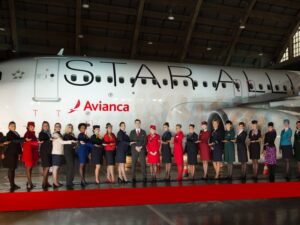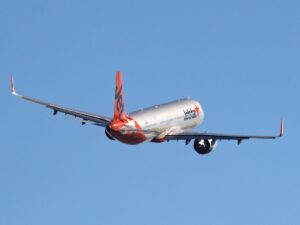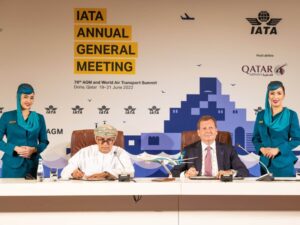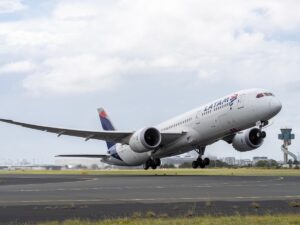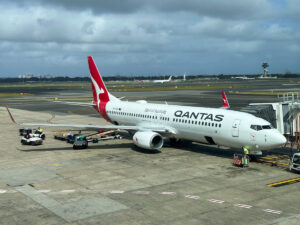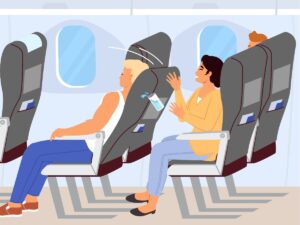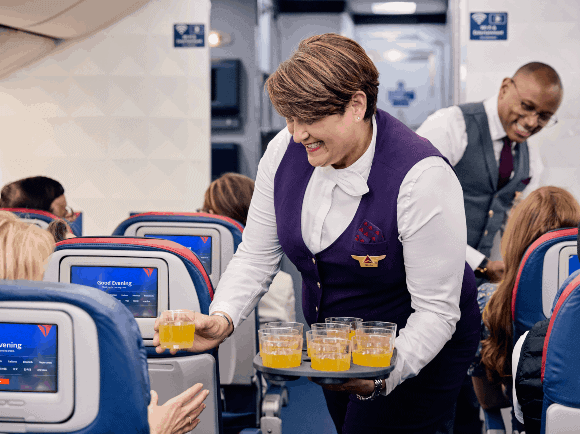
In Australia, the standard minimum ratio is 1 flight attendant for every 36 passengers. But there are some exemptions. For example, flight attendants are not required on aircraft with fewer than 15 passengers (or flights with up to 22 passengers, where at least 3 are infants or children and there are two pilots).
On Australian-registered wide-body aircraft with more than 216 seats, there are different legislated minimum numbers of flight attendants. In general, there must be at least one flight attendant for each “floor level exit”. In other words, a crew member must be available to sit by each exit door during take-off and landing. There must also be at least one cabin attendant for each separate compartment of the plane occupied by passengers. These rules are set out by the Civil Aviation Safety Authority (CASA) in the Civil Aviation Order 20.16.3, part of the Civil Aviation Act 1988.
Based on these ratios, you would expect to see 5 flight attendants on Boeing 737-800 or Airbus A320 flights in Australia as these aircraft have up to 180 seats. But Qantas, Virgin Australia, Jetstar and (previously) Tigerair all operate domestic flights on these aircraft types with only 4 cabin crew. (Qantas may still operate some Boeing 737 flights during meal times with 5 crew, in order to provide a full meal service.) They are allowed to do this because they have each received specific exemptions from CASA. The aviation safety regulator began issuing such exemptions in 2007.
Alliance Airlines has also received an exemption to operate Fokker 70 and Fokker 100 flights with only 2 flight attendants, despite these planes holding 80 and 100 passengers respectively.
In the United States, Europe and many other countries, regulators require only a minimum 1:50 ratio of cabin crew to passengers. In recognising this international standard, CASA allows airlines to apply to operate specific aircraft types at the lower 1:50 ratio if the country that manufactured the aircraft allows it, and the airlines can demonstrate that it is safe to do so. This includes demonstrating to the safety authority that an emergency evacuation can take place in less than 90 seconds with the reduced number of crew members.
Of course, many airlines roster on more crew than the minimum required to ensure better passenger service, and also to provide flexibility in case a crew member falls ill while on a layover.
In March 2017, a report was presented to the Australian government titled “Finding the Right Balance: Cabin Crew Ratios on Australian Aircraft”. In this report, the government rejected suggestions that the 1:36 ratio should be retained indefinitely in Australia, and that CASA should stop granting exemptions to airlines. The government’s view was that the 1:50 ratio has not compromised safety or security. Of course, Australia’s airlines also prefer a 1:50 ratio because they can save on crew costs.

